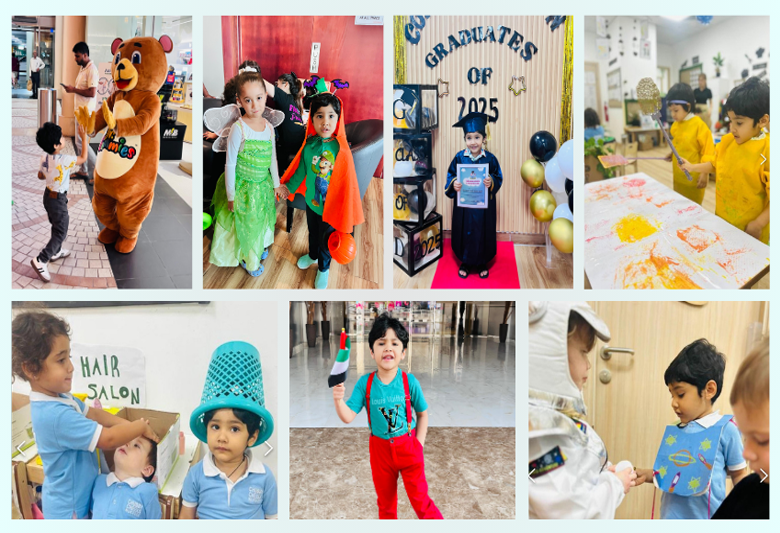
Vision 2030 & Its Impact on Employment and Talent Dynamics in Saudi Arabia
Saudi Arabia’s Vision 2030 represents one of the most ambitious national transformation programs in modern history. Launched in 2016 under the leadership of Crown Prince Mohammed bin Salman, it aims to diversify the economy beyond oil, strengthen the private sector, and create a knowledge-driven, globally competitive workforce.
But beyond the macroeconomic vision, Vision 2030 is deeply reshaping the nation’s employment landscape — redefining how talent is developed, hired, and managed in both the public and private sectors.
Vision 2030: A New Blueprint for the Saudi Workforce
At its core, Vision 2030 seeks to create a vibrant society, a thriving economy, and an ambitious nation. One of its key pillars is the development of human capital — empowering citizens with the skills, education, and opportunities to drive sustainable growth.
Some major objectives include:
-
Reducing unemployment from 11.6% (2016) to below 7%.
-
Increasing women’s participation in the workforce.
-
Attracting global talent and fostering innovation.
-
Expanding private sector employment to reduce dependence on government jobs.
These initiatives are transforming Saudi Arabia into a dynamic talent market, aligned with global competitiveness and local empowerment.
The Rise of the Private Sector and Diversified Industries
Vision 2030 has catalyzed massive investment across non-oil sectors, including:
-
Tourism and hospitality (through projects like NEOM, Red Sea Global, and Qiddiya)
-
Technology and digital economy
-
Renewable energy and sustainability
-
Entertainment and sports
These industries are generating new categories of jobs that never existed before — from AI engineers and UX designers to sustainability consultants and digital marketers.
As a result, organizations are seeking multi-skilled, agile professionals who can adapt to rapidly evolving industries.
Workforce Localization: The Saudization Drive
A key focus of Vision 2030 is Saudization (Nitaqat) — ensuring greater participation of Saudi nationals in the workforce.
The government has introduced policies and incentives to encourage companies to:
-
Hire, train, and promote Saudi citizens.
-
Establish graduate and internship programs.
-
Invest in upskilling initiatives aligned with market needs.
This policy shift has created a dual opportunity — empowering local talent while driving companies to reimagine their recruitment and HR strategies to comply with national targets.
Empowering Women in the Workforce
Perhaps one of the most visible and transformative outcomes of Vision 2030 has been the rise of women in employment and leadership.
-
Reforms enabling women to drive, travel, and work in various sectors have expanded opportunities.
-
Female labor force participation has more than doubled, crossing 35% by 2023 — surpassing the original Vision 2030 goal ahead of schedule.
-
Women are now entering sectors like finance, aviation, and technology, previously dominated by men.
This represents not just social progress, but a strategic boost to national productivity and innovation.
The Role of Technology and Digital Transformation
Saudi Arabia’s digital transformation agenda — spearheaded by initiatives like the National Transformation Program (NTP) and Digital Government Authority (DGA) — is reshaping the future of work.
AI, automation, and data-driven systems are:
-
Streamlining recruitment and workforce planning.
-
Creating demand for digital skills and tech-driven roles.
-
Encouraging remote and hybrid work models across industries.
Tech adoption is also helping HR departments modernize — from AI-powered hiring to data analytics in performance management, fueling smarter talent decisions.
Upskilling and Future Readiness
A future-ready workforce is central to Vision 2030. Programs such as:
-
Human Capability Development Program (HCDP)
-
Misk Foundation initiatives
-
Digital Saudi and Future Skills
focus on equipping citizens with 21st-century skills, including AI, data science, leadership, and entrepreneurship.
These initiatives ensure Saudi professionals are globally competitive while supporting local economic transformation.
Challenges and Opportunities Ahead
While progress is significant, the transformation also brings challenges:
-
Skill mismatches between academic education and private sector needs.
-
Pressure on organizations to balance Saudization with operational efficiency.
-
Adapting organizational culture to international standards while retaining national values.
Addressing these challenges will require continued collaboration between government, private enterprises, and educational institutions — ensuring Vision 2030’s momentum translates into sustainable employment growth.
The Road Ahead: A Future Built on Talent
Vision 2030 is more than an economic reform plan — it’s a talent revolution.
Saudi Arabia is shifting from being an oil-dependent economy to a human capital-driven nation, where knowledge, innovation, and inclusivity define success.
By empowering its people, nurturing diverse talent, and embracing technology, Saudi Arabia is not just preparing for the future — it is actively creating it.




